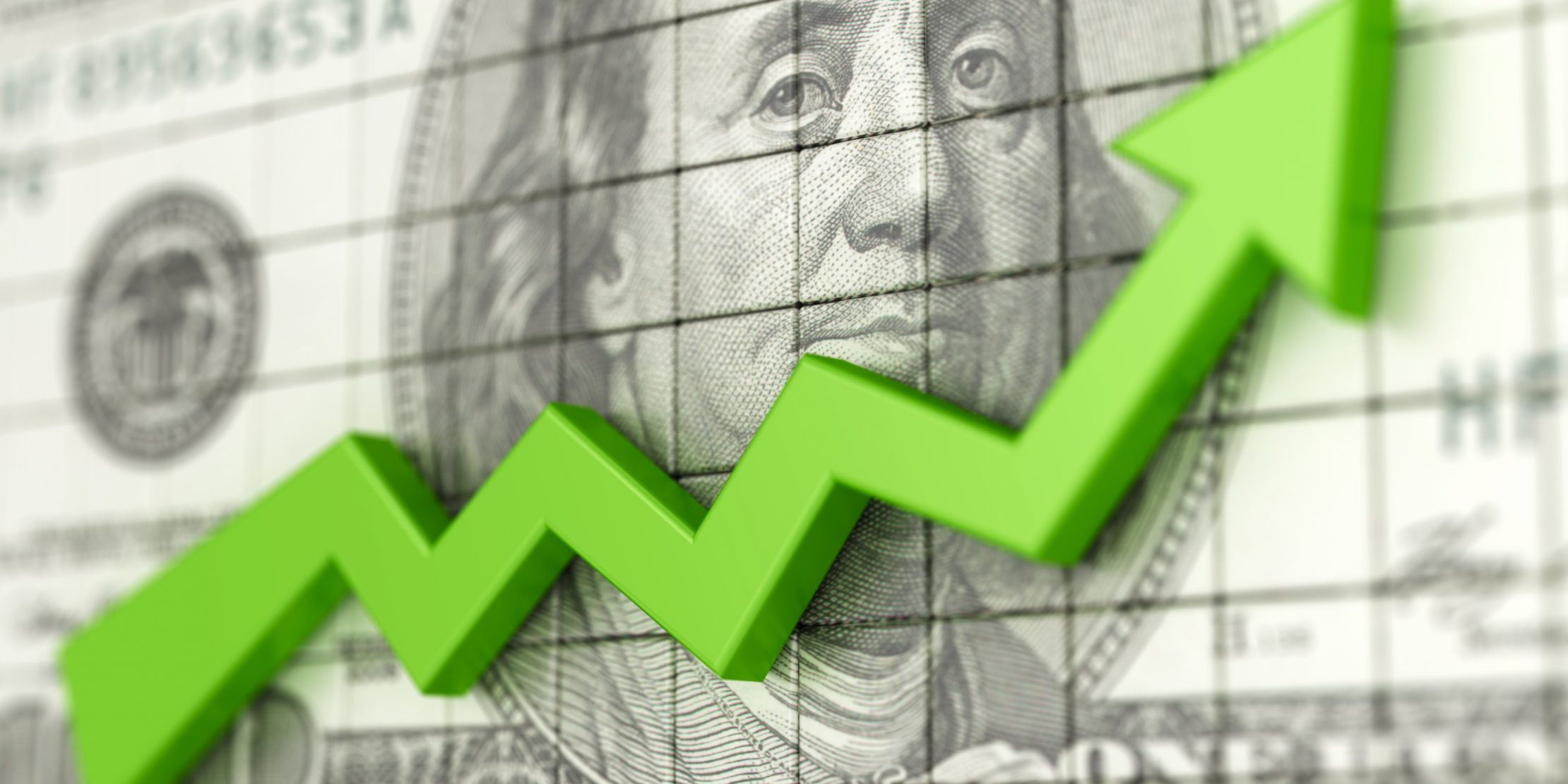
Commercial insurance companies are raising rates in most of their lines to account for increasing claims as well as the cost of claims, but another factor is forcing them to increase their rates further: reinsurance.
When insurance companies underwrite policies, they will often not retain all of the risk. They will purchase reinsurance, which kicks in when claims reach what is considered a “catastrophic level.”
These global reinsurance giants have seen their profits erode substantially in the last few years due to the rising cost of natural catastrophes around the world, forcing them to increase what they charge insurance carriers.
These moves are trickling down into the primary insurance market in the form of further rate increases.
Property catastrophe reinsurance rates in the U.S. have risen by almost 15% in 2022 from the year prior, according to the Guy Carpenter U.S. Property Catastrophe Rate-on-Line Index.
Another report found that reinsurance rates for general and professional liability insurance has also been on the rise, averaging nearly 13% so far in 2022.
What’s happening
Reinsurance is a vital part of the insurance industry. It helps insurance companies pass on the cost of expensive claims by “ceding” — or paying — part of the premium you pay to the reinsurer. In exchange, the insurer agrees to take on the cost of claims. Insurance companies buy reinsurance for most lines of coverage including property, liability, workers’ comp and cyber insurance.
Reinsurers are taking steps to mitigate their exposure after being pummeled by a confluence of factors including:
-
- Increasingly large natural catastrophe claims payouts,
- Increasingly large jury awards in liability cases,
- Geopolitical uncertainty from the war in Ukraine,
- Liability payouts resulting from the COVID-19 pandemic,
- Skyrocketing inflation around the world, and
- Significant investment losses due to stock market volatility this year (reinsurers’ capital dropped by 11% in the first half of 2022 to $647 billion, hurt by financial market declines, according to broker Gallagher Re).
Reinsurers have responded in different ways:
Raising rates — A survey of insurance executives by Moody’s Investor Sevice predicts that reinsurance rates for property risks will increase between 7.5% and 10% at the Jan. 1, 2023 renewals.
Limiting capacity — Some reinsurers are pulling back and not taking on as much risk as they have in the past. They may limit exposure by capping the amount of policies or amount of coverage they are willing to underwrite. Some have pulled out of underwriting policies for properties in high-risk areas.
Increasing attachment points — Many reinsurers are raising the attachment point for coverage, which is essentially like your insurance company raising your deductible. That means the insurance company will be on the hook for a larger portion of claims costs. That in turn may prompt the insurer to raise its own rates.
What it means for you
When reinsurers raise both rates and their attachment points, it trickles down to primary policies such as yours.
This compounds the effects that higher claims costs are already having on commercial policies. There are signs that reinsurance rate hikes may accelerate in 2023. The insurance rating firm of A.M. Best Co. says that reinsurance rates have been lagging behind increases in primary insurance rates since 2018 and are now catching up.


